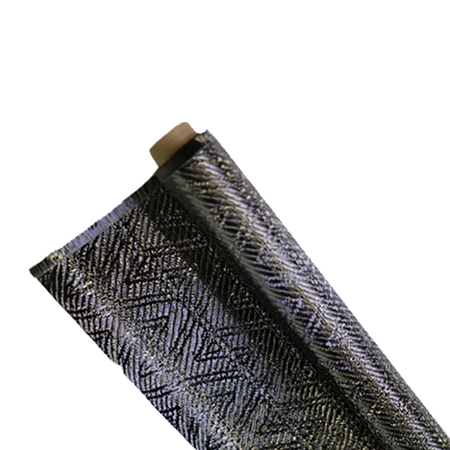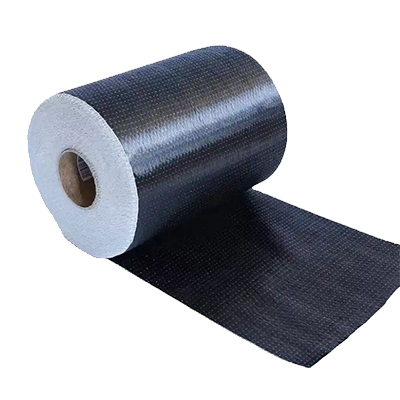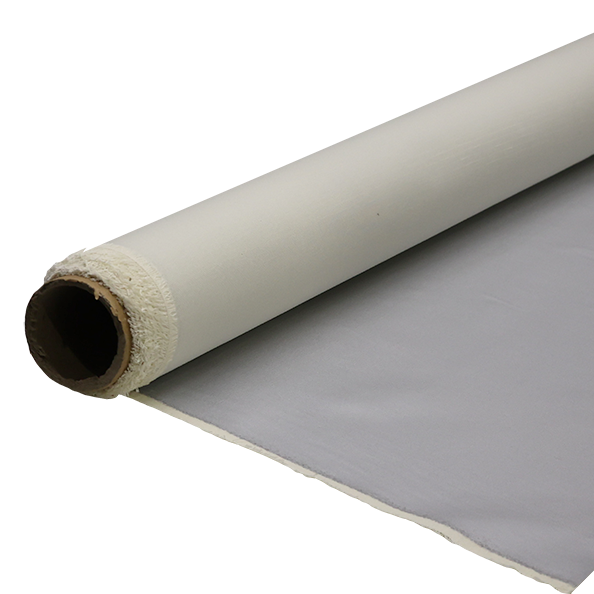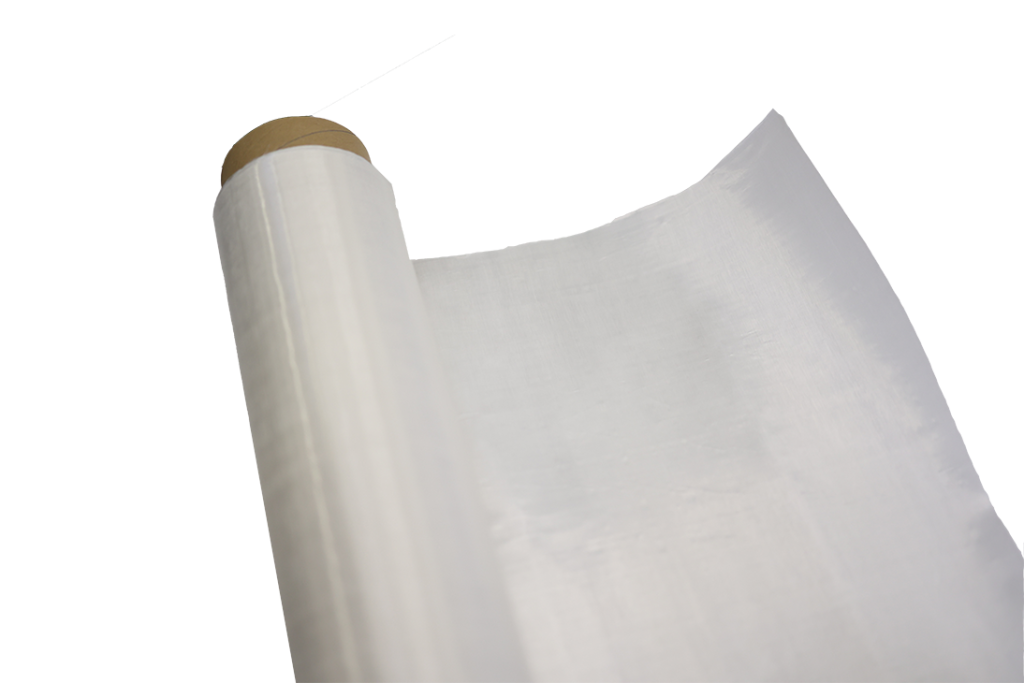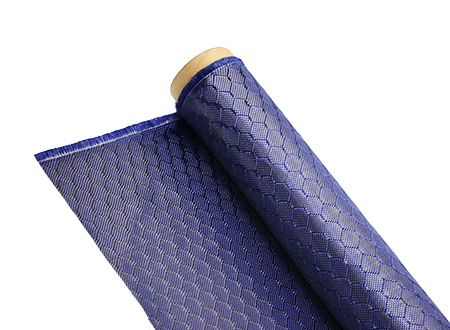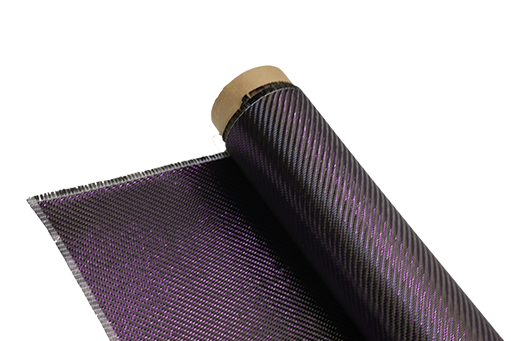Kevlar Products Must Meet New Ballistic Testing Protocols
-
Table of Contents
“Kevlar Products: Meeting New Standards for Unmatched Ballistic Protection.”
In response to evolving safety standards and the increasing demand for reliable personal protective equipment, Kevlar products are now required to adhere to new ballistic testing protocols. These updated guidelines aim to enhance the performance and effectiveness of Kevlar materials in various applications, including body armor and protective gear. By implementing rigorous testing measures, manufacturers can ensure that their products provide optimal protection against ballistic threats, thereby safeguarding the lives of military personnel, law enforcement officers, and civilians alike. The adoption of these protocols marks a significant advancement in the commitment to quality and safety in the production of Kevlar-based products.
Kevlar Product Compliance with Updated Ballistic Standards
In recent years, the demand for high-performance protective gear has surged, particularly in sectors such as law enforcement, military, and personal safety. As a result, the materials used in these products, notably Kevlar, have come under increased scrutiny to ensure they meet rigorous safety standards. The introduction of new ballistic testing protocols reflects a growing recognition of the need for enhanced protection against evolving threats. Consequently, manufacturers of Kevlar products must now navigate these updated compliance requirements to ensure their offerings not only meet but exceed the expectations of end-users.
The updated ballistic standards are designed to address the advancements in ammunition technology and the changing landscape of threats faced by individuals in high-risk environments. As such, these protocols require a more comprehensive evaluation of the materials used in protective gear. Kevlar, known for its exceptional strength-to-weight ratio and resistance to penetration, remains a preferred choice for many manufacturers. However, compliance with the new standards necessitates rigorous testing to validate the material’s performance under various conditions. This includes assessments of its ability to withstand different types of projectiles and the impact forces associated with them.
To achieve compliance, manufacturers must invest in advanced testing methodologies that accurately reflect real-world scenarios. This involves not only laboratory testing but also field evaluations to ensure that Kevlar products perform reliably in diverse environments. The transition to these updated protocols may pose challenges for some manufacturers, particularly those who have relied on older standards for years. However, embracing these changes can ultimately lead to improved product quality and enhanced safety for users.
Moreover, the implementation of new ballistic testing protocols emphasizes the importance of transparency and accountability in the manufacturing process. Consumers are increasingly informed and concerned about the efficacy of the protective gear they choose. As a result, manufacturers are encouraged to provide detailed information regarding their compliance with the latest standards. This transparency not only builds trust with consumers but also fosters a culture of safety and responsibility within the industry.
In addition to meeting compliance requirements, manufacturers of Kevlar products must also consider the implications of these changes on their supply chains and production processes. The need for higher-quality materials and more sophisticated testing may require adjustments in sourcing and manufacturing practices. This could lead to increased costs, but it also presents an opportunity for innovation. By investing in research and development, manufacturers can explore new formulations and technologies that enhance the performance of Kevlar products while ensuring compliance with the latest standards.
Furthermore, collaboration within the industry can play a crucial role in navigating these changes. By sharing best practices and insights, manufacturers can collectively address the challenges posed by the new ballistic testing protocols. This collaborative approach not only accelerates compliance but also drives advancements in material science and protective technology.
In conclusion, the updated ballistic testing protocols represent a significant shift in the landscape of Kevlar product compliance. While the transition may present challenges, it also offers opportunities for manufacturers to enhance the quality and reliability of their offerings. By prioritizing compliance, transparency, and innovation, the industry can ensure that Kevlar products continue to provide the highest level of protection for those who rely on them in high-risk situations. As the landscape of threats evolves, so too must the standards that govern the materials designed to protect against them.
Impact of New Testing Protocols on Kevlar Manufacturing
The introduction of new ballistic testing protocols has significant implications for the manufacturing of Kevlar products, a material renowned for its strength and durability. As the demand for personal protective equipment, such as body armor and helmets, continues to rise, manufacturers are compelled to adapt to these evolving standards. The new protocols aim to enhance the reliability and effectiveness of ballistic materials, ensuring that they provide optimal protection against a variety of threats. Consequently, this shift necessitates a comprehensive reevaluation of manufacturing processes, quality control measures, and material sourcing.
One of the most immediate impacts of the new testing protocols is the increased emphasis on rigorous quality assurance. Manufacturers must now implement more stringent testing procedures to ensure that their Kevlar products meet the specified ballistic performance criteria. This involves not only the testing of finished products but also the evaluation of raw materials and intermediate components. As a result, manufacturers are investing in advanced testing equipment and methodologies to accurately assess the ballistic properties of Kevlar. This investment, while initially costly, is essential for maintaining compliance with the new standards and ensuring the safety of end-users.
Moreover, the new protocols require manufacturers to adopt a more holistic approach to product development. This means that the design phase must now incorporate considerations for ballistic performance from the outset. Engineers and designers are collaborating more closely to ensure that the final product not only meets aesthetic and functional requirements but also adheres to the rigorous testing standards. This integrated approach fosters innovation, as manufacturers explore new designs and configurations that can enhance the protective capabilities of Kevlar products while still being lightweight and comfortable for users.
In addition to design and quality assurance, the new testing protocols also influence the sourcing of materials. Manufacturers are increasingly seeking high-quality fibers and composites that can withstand the demands of the new standards. This shift may lead to changes in supplier relationships, as manufacturers prioritize partnerships with those who can provide materials that meet or exceed the required specifications. Consequently, the supply chain dynamics within the Kevlar manufacturing industry are evolving, with a greater focus on transparency and traceability to ensure that all components contribute to the overall ballistic performance of the final product.
Furthermore, the implementation of these new protocols is likely to have a ripple effect on the entire industry. As manufacturers adapt to the new standards, there may be a consolidation of companies that can meet the rigorous requirements, while smaller or less compliant manufacturers may struggle to keep pace. This consolidation could lead to a more competitive market, where only those companies that prioritize quality and innovation thrive. Additionally, as the industry evolves, there may be opportunities for new entrants who can offer novel solutions or technologies that align with the updated testing protocols.
Ultimately, the impact of new ballistic testing protocols on Kevlar manufacturing is profound and multifaceted. While the transition may present challenges, it also offers opportunities for growth and advancement within the industry. By embracing these changes, manufacturers can enhance the safety and effectiveness of their products, thereby better serving the needs of those who rely on Kevlar for protection. As the industry continues to adapt, it is clear that the commitment to quality and innovation will be paramount in meeting the demands of an ever-evolving landscape.
Future Innovations in Kevlar Technology Post-Testing Revisions
As the landscape of ballistic protection continues to evolve, the recent revisions to testing protocols for Kevlar products signal a pivotal moment in the industry. These changes not only reflect advancements in materials science but also underscore the necessity for enhanced safety standards in response to emerging threats. Consequently, the future of Kevlar technology is poised for significant innovation, driven by the need to meet these new testing requirements while simultaneously improving performance and user experience.
One of the most promising avenues for innovation lies in the development of hybrid materials that combine Kevlar with other advanced fibers. By integrating materials such as Dyneema or Spectra, manufacturers can create composites that offer superior strength-to-weight ratios and increased flexibility. This synergy not only enhances ballistic resistance but also improves comfort for the end user, which is particularly crucial for military and law enforcement personnel who rely on their gear for extended periods. As the industry adapts to the new testing protocols, the focus will likely shift toward optimizing these hybrid solutions to ensure they meet or exceed the revised standards.
Moreover, advancements in nanotechnology are set to revolutionize Kevlar products. Researchers are exploring the incorporation of nanofibers and nanoparticles into the Kevlar matrix, which can significantly enhance its protective capabilities. These innovations may lead to lighter, thinner, and more effective ballistic vests and helmets, thereby addressing the dual challenges of weight and protection. As the industry embraces these cutting-edge technologies, the potential for creating next-generation Kevlar products that not only comply with new testing protocols but also redefine performance benchmarks becomes increasingly feasible.
In addition to material enhancements, the integration of smart technology into Kevlar products is another exciting frontier. The incorporation of sensors and monitoring systems can provide real-time data on the condition of the protective gear, alerting users to potential vulnerabilities or damage. This proactive approach to safety could revolutionize how Kevlar products are utilized in the field, allowing for timely maintenance and replacement, thereby ensuring optimal protection. As manufacturers begin to explore these possibilities, the intersection of Kevlar technology and smart innovations will likely yield products that are not only compliant with new testing standards but also equipped to meet the dynamic needs of modern users.
Furthermore, sustainability is becoming an increasingly important consideration in the development of Kevlar products. As environmental concerns gain prominence, manufacturers are exploring eco-friendly alternatives and production methods that minimize waste and reduce the carbon footprint associated with Kevlar production. Innovations in recycling processes and the use of bio-based materials could lead to a new generation of Kevlar products that are both high-performing and environmentally responsible. This shift not only aligns with global sustainability goals but also appeals to a growing segment of consumers who prioritize eco-conscious choices.
In conclusion, the revisions to ballistic testing protocols for Kevlar products herald a new era of innovation within the industry. As manufacturers adapt to these changes, the focus on hybrid materials, nanotechnology, smart integrations, and sustainability will drive the development of advanced Kevlar solutions. These innovations will not only ensure compliance with the new standards but also enhance the overall effectiveness and user experience of ballistic protection gear. As the future unfolds, it is clear that the evolution of Kevlar technology will be marked by a commitment to safety, performance, and environmental responsibility, ultimately leading to a safer world for those who rely on these critical products.
Q&A
1. **What are the new ballistic testing protocols for Kevlar products?**
The new ballistic testing protocols require Kevlar products to undergo more rigorous assessments, including higher velocity impacts and a broader range of projectile types to ensure enhanced protection levels.
2. **Why are these new protocols being implemented?**
These protocols are being implemented to improve the safety and effectiveness of Kevlar products in real-world scenarios, addressing advancements in ammunition technology and evolving threats faced by law enforcement and military personnel.
3. **How will these changes affect manufacturers of Kevlar products?**
Manufacturers will need to invest in updated testing equipment and processes to comply with the new standards, which may increase production costs but ultimately lead to higher quality and more reliable protective gear.In conclusion, the implementation of new ballistic testing protocols for Kevlar products is essential to ensure enhanced safety and performance standards. These updated regulations will help manufacturers produce more reliable and effective protective gear, ultimately safeguarding users against evolving threats in various environments. Compliance with these protocols will not only improve product quality but also foster greater trust among consumers and law enforcement agencies relying on such critical equipment.

